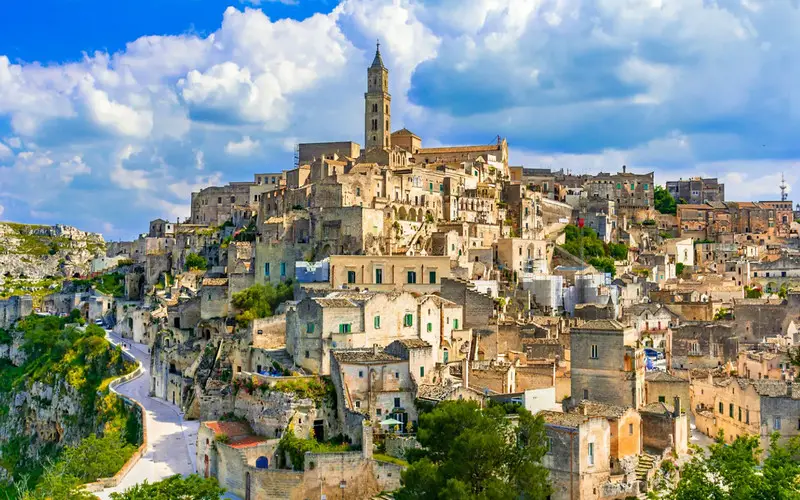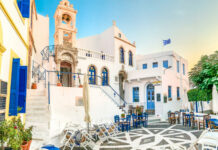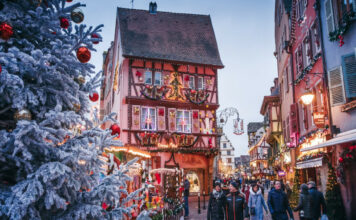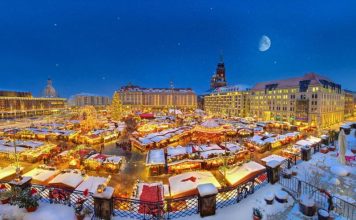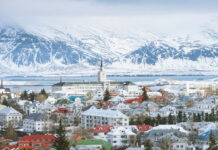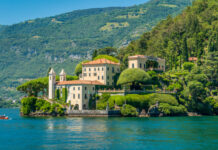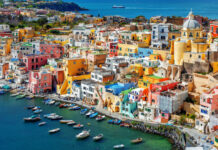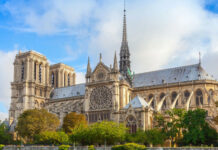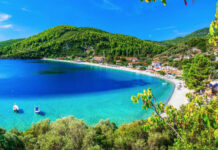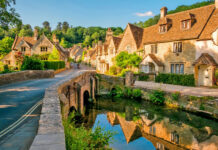Tbilisi, Georgia
 Nestled at the crossroads of Eastern Europe and Western Asia, Tbilisi, the capital of Georgia, is a city that seamlessly blends history and modernity. The Old Town, with its narrow cobblestone streets and colorful balconied houses, is a treasure trove of ancient churches, museums, and vibrant street art. The unique synthesis of Georgian, Persian, and Soviet influences creates a cultural tapestry that captivates visitors seeking an offbeat European experience.
Nestled at the crossroads of Eastern Europe and Western Asia, Tbilisi, the capital of Georgia, is a city that seamlessly blends history and modernity. The Old Town, with its narrow cobblestone streets and colorful balconied houses, is a treasure trove of ancient churches, museums, and vibrant street art. The unique synthesis of Georgian, Persian, and Soviet influences creates a cultural tapestry that captivates visitors seeking an offbeat European experience.
Brasov, Romania
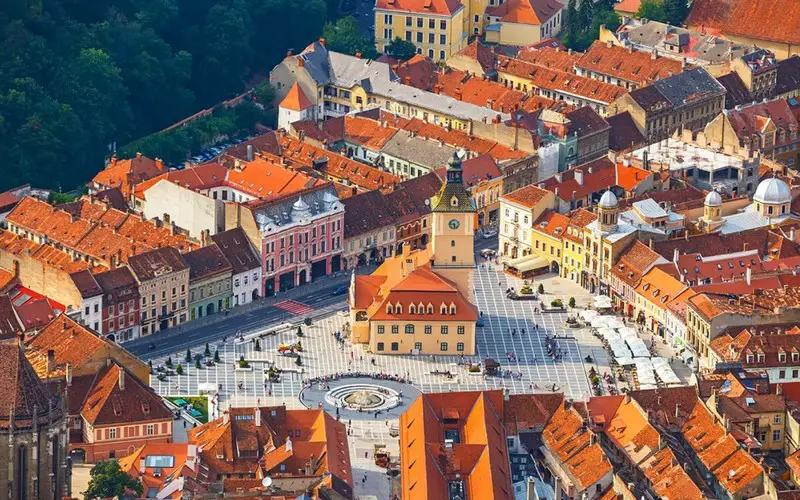 Tucked away in the Carpathian Mountains, Brasov is a charming Romanian city with a medieval heart. The Black Church, the Council Square, and the fairy-tale-like Bran Castle make Brasov a cultural gem. The city’s rich history, reflected in its architecture and folklore, invites visitors to step back in time while enjoying the warmth of local hospitality.
Tucked away in the Carpathian Mountains, Brasov is a charming Romanian city with a medieval heart. The Black Church, the Council Square, and the fairy-tale-like Bran Castle make Brasov a cultural gem. The city’s rich history, reflected in its architecture and folklore, invites visitors to step back in time while enjoying the warmth of local hospitality.
Lviv, Ukraine
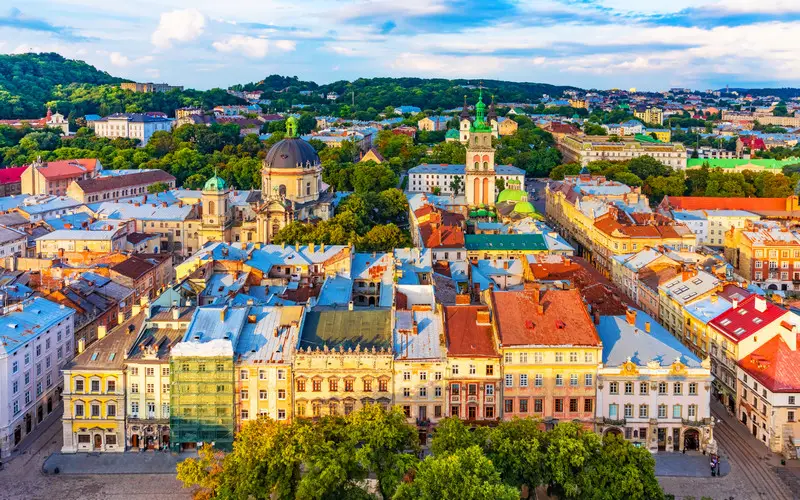 Often overlooked in favor of its more prominent European counterparts, Lviv in Ukraine is a city that boasts a captivating blend of Eastern and Western European influences. The Old Town, a UNESCO World Heritage Site, is a maze of narrow streets lined with Renaissance, Baroque, and Gothic architecture. Lviv’s vibrant cultural scene, from classical music to contemporary art, makes it a hidden cultural oasis waiting to be explored.
Often overlooked in favor of its more prominent European counterparts, Lviv in Ukraine is a city that boasts a captivating blend of Eastern and Western European influences. The Old Town, a UNESCO World Heritage Site, is a maze of narrow streets lined with Renaissance, Baroque, and Gothic architecture. Lviv’s vibrant cultural scene, from classical music to contemporary art, makes it a hidden cultural oasis waiting to be explored.
Rila Monastery, Bulgaria
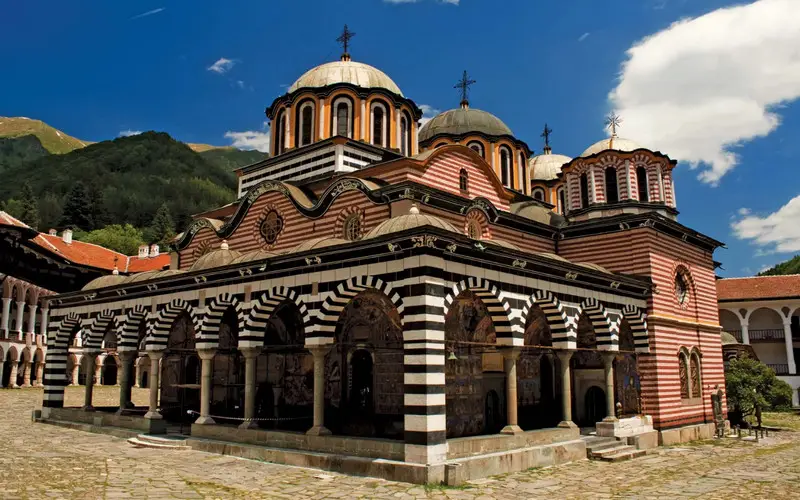 Deep within the Rila Mountains of Bulgaria, the Rila Monastery stands as a testament to the country’s rich religious and artistic heritage. The monastery, a UNESCO World Heritage Site, features stunning frescoes, intricate wood carvings, and a serene atmosphere. Nestled in a picturesque mountain setting, Rila Monastery offers a tranquil escape for those seeking cultural and spiritual immersion.
Deep within the Rila Mountains of Bulgaria, the Rila Monastery stands as a testament to the country’s rich religious and artistic heritage. The monastery, a UNESCO World Heritage Site, features stunning frescoes, intricate wood carvings, and a serene atmosphere. Nestled in a picturesque mountain setting, Rila Monastery offers a tranquil escape for those seeking cultural and spiritual immersion.
Matera, Italy
Carved into the rugged hills of southern Italy, Matera is a city like no other. Known for its ancient cave dwellings, Matera’s Sassi district is a UNESCO World Heritage Site that transports visitors back in time. The stone-carved architecture, cave churches, and winding streets create a unique cultural landscape. Matera’s recent designation as the European Capital of Culture has brought renewed attention to this hidden gem.
Kotor, Montenegro
 Nestled along the Adriatic coast, Kotor is a medieval town surrounded by imposing city walls and set against a backdrop of dramatic mountains. The Old Town, with its narrow streets and squares, is a labyrinth of history, featuring well-preserved architecture from the Middle Ages. Kotor’s blend of Venetian, Ottoman, and Austro-Hungarian influences makes it a cultural surprise on the shores of the Adriatic.
Nestled along the Adriatic coast, Kotor is a medieval town surrounded by imposing city walls and set against a backdrop of dramatic mountains. The Old Town, with its narrow streets and squares, is a labyrinth of history, featuring well-preserved architecture from the Middle Ages. Kotor’s blend of Venetian, Ottoman, and Austro-Hungarian influences makes it a cultural surprise on the shores of the Adriatic.
Vilnius, Lithuania
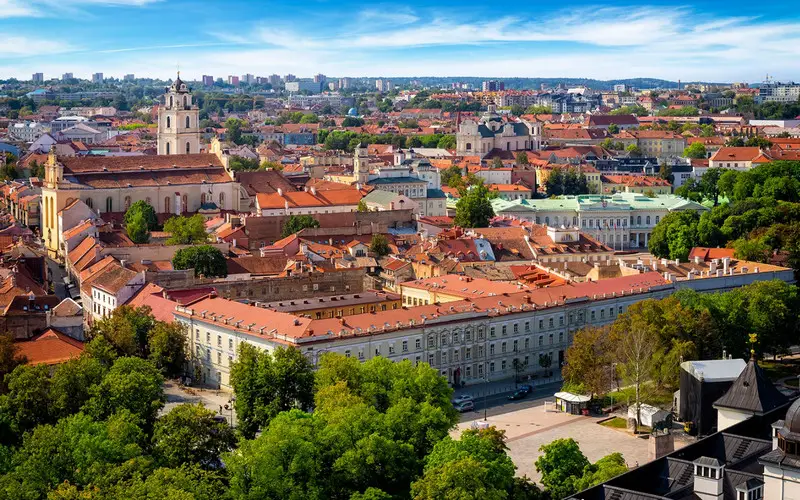 Lithuania’s capital, Vilnius, is a city that effortlessly marries its medieval past with a vibrant modern energy. The Old Town, a UNESCO World Heritage Site, boasts a plethora of Gothic, Renaissance, and Baroque architecture. Vilnius is home to a diverse range of museums, galleries, and quirky street art, making it a dynamic cultural hub yet to be fully discovered by mainstream tourism.
Lithuania’s capital, Vilnius, is a city that effortlessly marries its medieval past with a vibrant modern energy. The Old Town, a UNESCO World Heritage Site, boasts a plethora of Gothic, Renaissance, and Baroque architecture. Vilnius is home to a diverse range of museums, galleries, and quirky street art, making it a dynamic cultural hub yet to be fully discovered by mainstream tourism.
Cesky Krumlov, Czech Republic
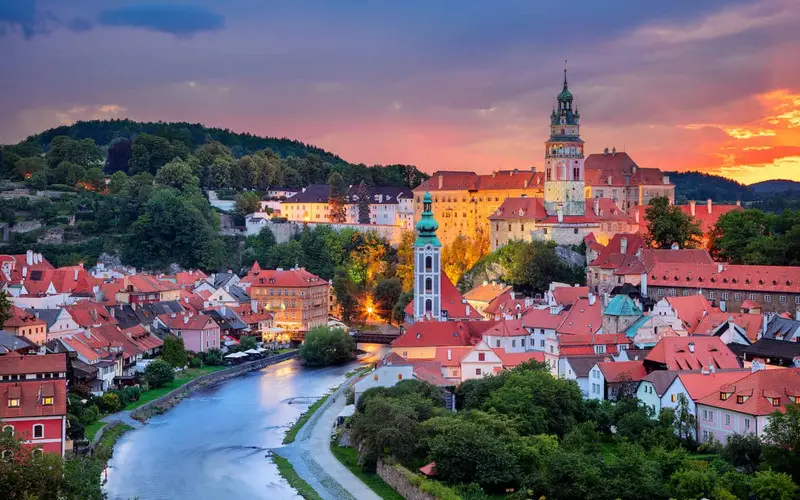 Situated along the meandering Vltava River, Cesky Krumlov is a fairy-tale town that seems frozen in time. The UNESCO-listed Old Town is a maze of charming alleys, medieval buildings, and a spectacular castle perched on a hill. Beyond its architectural marvels, Cesky Krumlov hosts a lively arts scene and cultural festivals that add to its enchanting allure.
Situated along the meandering Vltava River, Cesky Krumlov is a fairy-tale town that seems frozen in time. The UNESCO-listed Old Town is a maze of charming alleys, medieval buildings, and a spectacular castle perched on a hill. Beyond its architectural marvels, Cesky Krumlov hosts a lively arts scene and cultural festivals that add to its enchanting allure.
Ohrid, North Macedonia
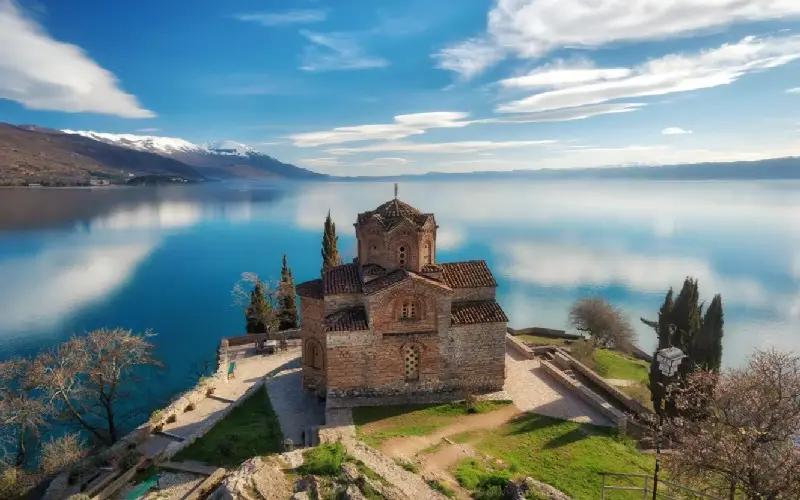 Perched on the shores of Lake Ohrid, the town of Ohrid is a cultural treasure trove with roots dating back to ancient times. The Old Town is a UNESCO World Heritage Site, featuring medieval churches, Byzantine frescoes, and a serene lakeside ambiance. Ohrid’s rich cultural heritage, combined with the natural beauty of the lake and surrounding mountains, makes it a hidden gem in the Balkans.
Perched on the shores of Lake Ohrid, the town of Ohrid is a cultural treasure trove with roots dating back to ancient times. The Old Town is a UNESCO World Heritage Site, featuring medieval churches, Byzantine frescoes, and a serene lakeside ambiance. Ohrid’s rich cultural heritage, combined with the natural beauty of the lake and surrounding mountains, makes it a hidden gem in the Balkans.
Ghent, Belgium
 While Bruges often takes the spotlight, Ghent, Belgium’s hidden cultural gem, offers a vibrant alternative. The city’s medieval architecture, including the Gravensteen Castle and St. Bavo’s Cathedral, coexists with contemporary art installations and a lively culinary scene. Ghent’s eclectic mix of history and modernity provides a cultural experience that surprises and delights the discerning traveler.
While Bruges often takes the spotlight, Ghent, Belgium’s hidden cultural gem, offers a vibrant alternative. The city’s medieval architecture, including the Gravensteen Castle and St. Bavo’s Cathedral, coexists with contemporary art installations and a lively culinary scene. Ghent’s eclectic mix of history and modernity provides a cultural experience that surprises and delights the discerning traveler.
Europe’s cultural richness extends far beyond the well-known cities and landmarks. These hidden gems, with their ancient histories, unique architectures, and vibrant local cultures, beckon travelers to step off the beaten path and explore the lesser-known treasures of the continent. From the cave dwellings of Matera to the lakeside charm of Ohrid, these cultural destinations offer an authentic and enriching experience for those seeking the road less traveled in Europe.

